Table of Contents Show
As an experienced contractor and homeowner, I’ve seen firsthand the difference a well-kept kitchen makes, not only in terms of visual appeal but also in ensuring health and safety. Whether you’re cooking, entertaining, or just passing through, the cleanliness of your kitchen impacts your home’s overall environment and your well-being.
Keeping your kitchen in top shape doesn’t require excessive effort; instead, it involves smart habits and regular maintenance.
In this post, we’ll explore practical tips that can be easily integrated into your daily routine, ensuring your kitchen remains a pristine and welcoming space. From effective waste management to using natural cleaning products, we’ll cover essential strategies that enhance both hygiene and efficiency.
Tips for Maintaining a Clean Kitchen
So, let’s get started on these nine transformative tips that will keep your kitchen spotless and more enjoyable to use. Remember, a clean kitchen is the cornerstone of a healthy home lifestyle, and with the right practices, you can maintain its charm and functionality effortlessly.
1. Establish a Daily Cleaning Routine

Maintaining a clean kitchen starts with establishing a daily cleaning routine that becomes as natural as brewing your morning coffee. A consistent routine helps prevent buildup and makes the task of cleaning less daunting. Here’s a straightforward checklist to help you ensure that your kitchen remains pristine day in and day out:
1. Wipe Down Counters and Surfaces
Each day, take a few minutes to wipe down your kitchen counters and other surfaces. Use a microfiber cloth and a gentle dish soap to effectively remove crumbs, spills, and stains. This not only keeps your kitchen looking tidy but also reduces the chance of attracting pests.
2. Sweep or Vacuum the Floor
Crumbs and debris can quickly accumulate on your kitchen floor. Make it a habit to sweep or vacuum daily, especially in the high-traffic cooking and eating areas.
3. Manage the Dishwasher
Load the dishwasher throughout the day and run it as needed. If you wash dishes by hand, do so immediately after meals to avoid letting dirty dishes pile up.
4. Clean Appliance Exteriors
Give a quick wipe to the exteriors of frequently used appliances like your microwave, refrigerator, and oven. This prevents fingerprints and smudges from becoming permanent fixtures.
5. Sanitize the Sink
After the dishes are done, take a moment to sanitize the sink. A quick rinse with hot water and soap, followed by a light scrub, can keep your sink looking new and prevent odor build-up.
2. Keep the Sink Empty and Clean
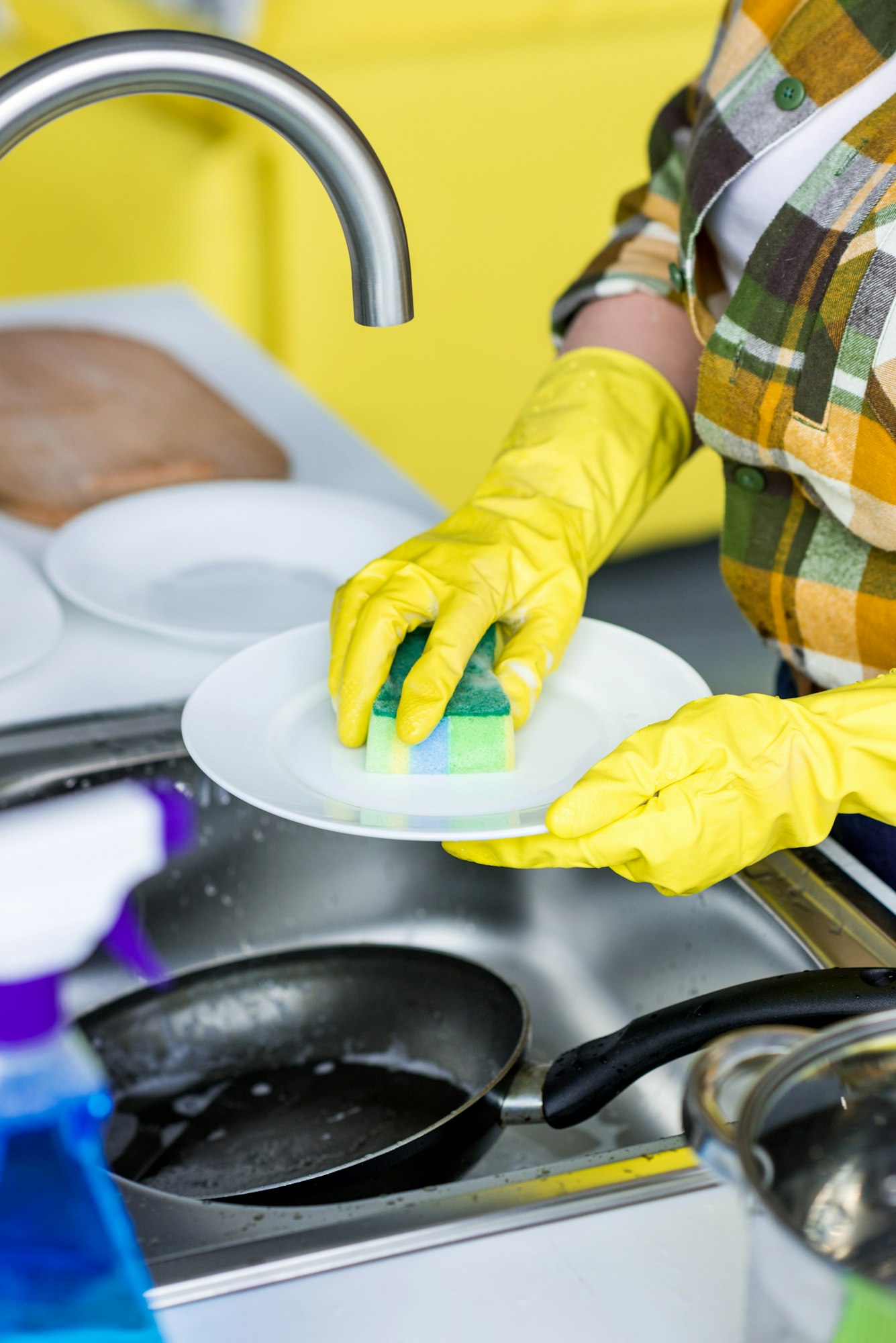
An empty and clean sink is a sign of a well-maintained kitchen. It’s not just about aesthetics; it’s about hygiene and functionality. Keeping your sink clean after each use can prevent the buildup of bacteria and odors that can affect your whole kitchen. Here’s how to maintain a pristine sink:
1. Rinse After Use
Immediately after using dishes or utensils, rinse them off to prevent food particles from drying and sticking. This simple step makes washing them later much easier, whether by hand or in the dishwasher.
2. Use Your Dishwasher Effectively
Take full advantage of your dishwasher by loading it correctly and running it regularly. This helps keep your sink clear of dirty dishes. Make sure to scrape off food residues before loading to enhance cleaning efficiency and protect your appliance.
3. Daily Scrubbing Routine
Even if you use a dishwasher, give your sink a quick scrub at the end of the day. Use a non-abrasive cleaner to avoid scratching the surface. A soft sponge or brush can be effective in removing grime and keeping the sink shining.
4. Disinfect Regularly
Once a week, it’s a good idea to use a disinfectant to kill any lingering bacteria. You can use over-the-counter disinfectants or home remedies like a vinegar and baking soda mix, which are gentle on most sink materials.
5. Dry the Sink
After cleaning, take a moment to dry the sink with a clean towel or let it air dry. This prevents water spots and mineral buildup, keeping the sink looking new.
3. Organize As You Go
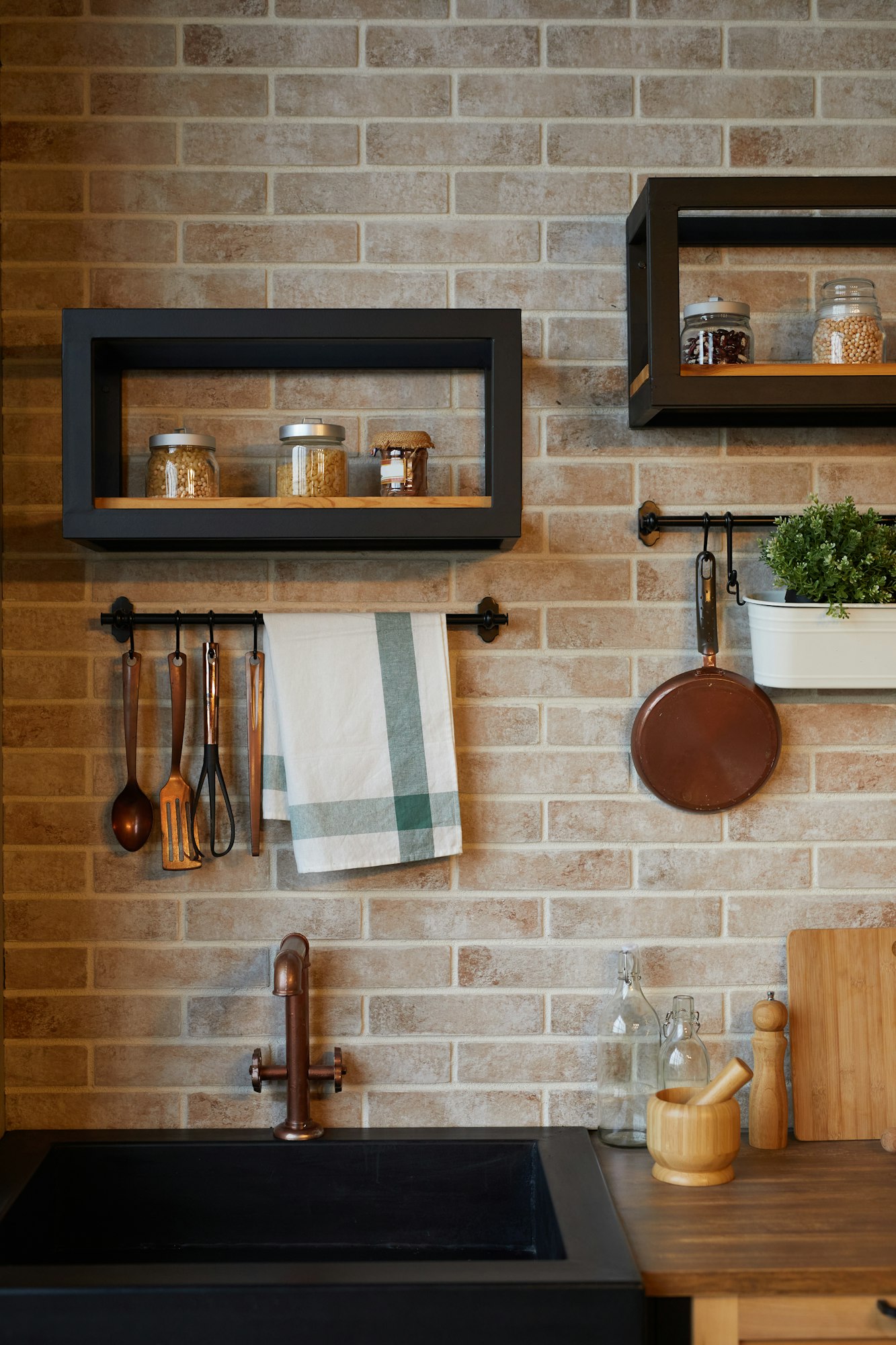
Organizing your cooking utensils, ingredients, and equipment as you cook not only keeps your kitchen tidy but also enhances your efficiency in the kitchen. Implementing this habit can save you time and prevent messes. Here’s how:
- Use Ingredient Bins: Keep all your ingredients in designated bins or sections in your pantry and refrigerator. This not only makes it easy to find what you need but also helps in maintaining order.
- Employ Spice Racks: Organize your spices in a spice rack or drawer sorted alphabetically or by frequency of use. This prevents clutter on your countertops and keeps essential flavors at your fingertips.
- Keep Tools Accessible: Place cooking utensils like spatulas, spoons, and whisks in a holder near your stove. This organization minimizes the time spent searching for them and keeps your workspace uncluttered.
4. Invest in Good Storage Solutions
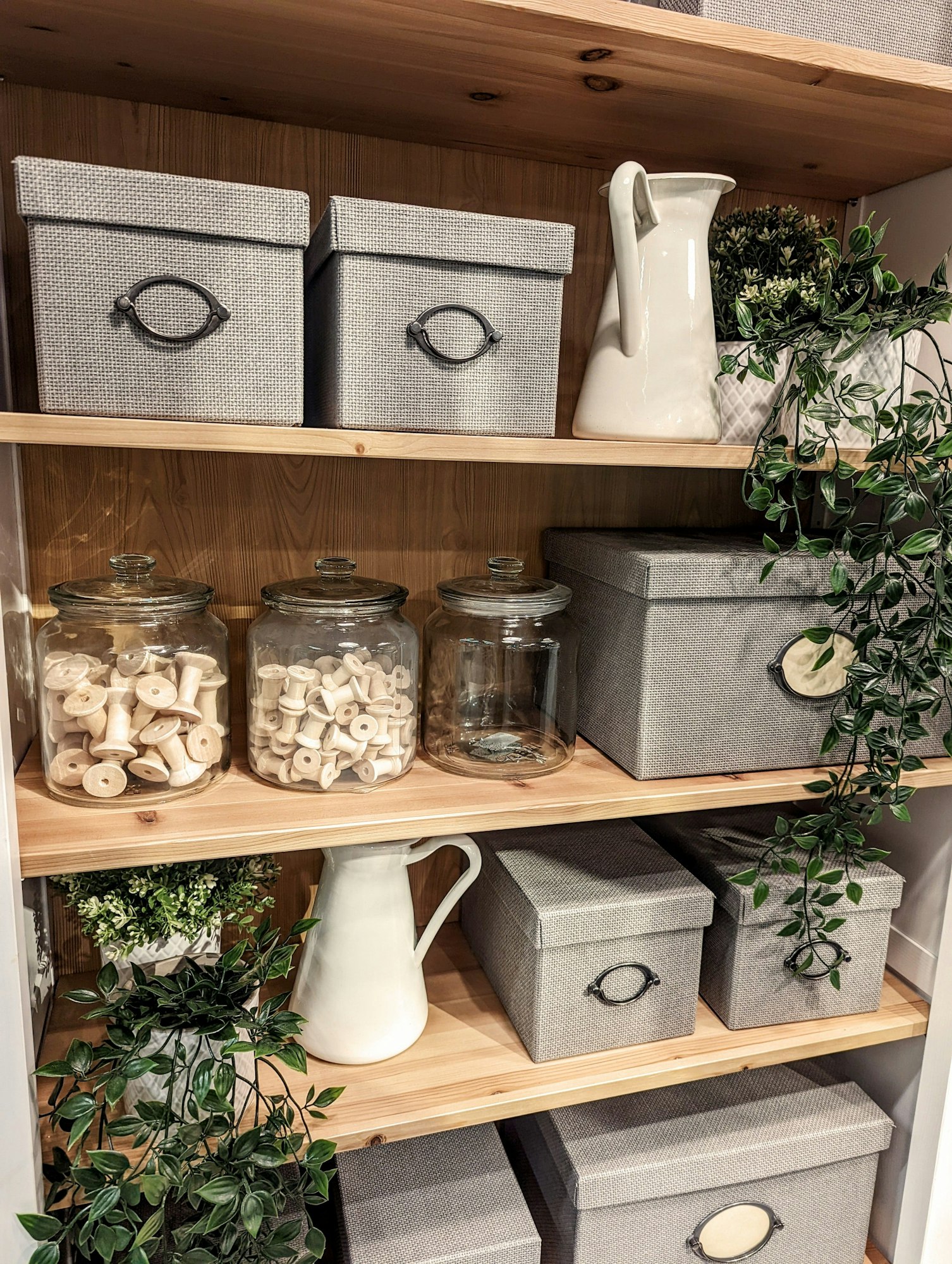
Proper storage solutions are crucial for maintaining an orderly and clean kitchen. Here’s why investing in good storage is essential:
- Airtight Containers: Store perishable goods in airtight containers to extend their shelf life and keep pests out.
- Pantry Organizers: Use organizers such as shelves, bins, and baskets to keep your pantry items neat and accessible.
- Refrigerator Management: Organize your refrigerator by grouping similar items and using containers to minimize spills and optimize space.
5. Clean As You Cook

Cleaning as you cook is a technique that prevents large piles of dishes and messes from accumulating. Here’s how to implement this practice:
- Prep Wisely: Use cutting boards with grooves to catch juices and minimize spills on the counter.
- Immediate Cleanup: After using a utensil or dish, either wash it immediately or place it in the dishwasher.
- Utilize Compost Bins: Keep a compost bin handy to dispose of organic waste quickly and cleanly.
6. Schedule Deep Cleaning Sessions
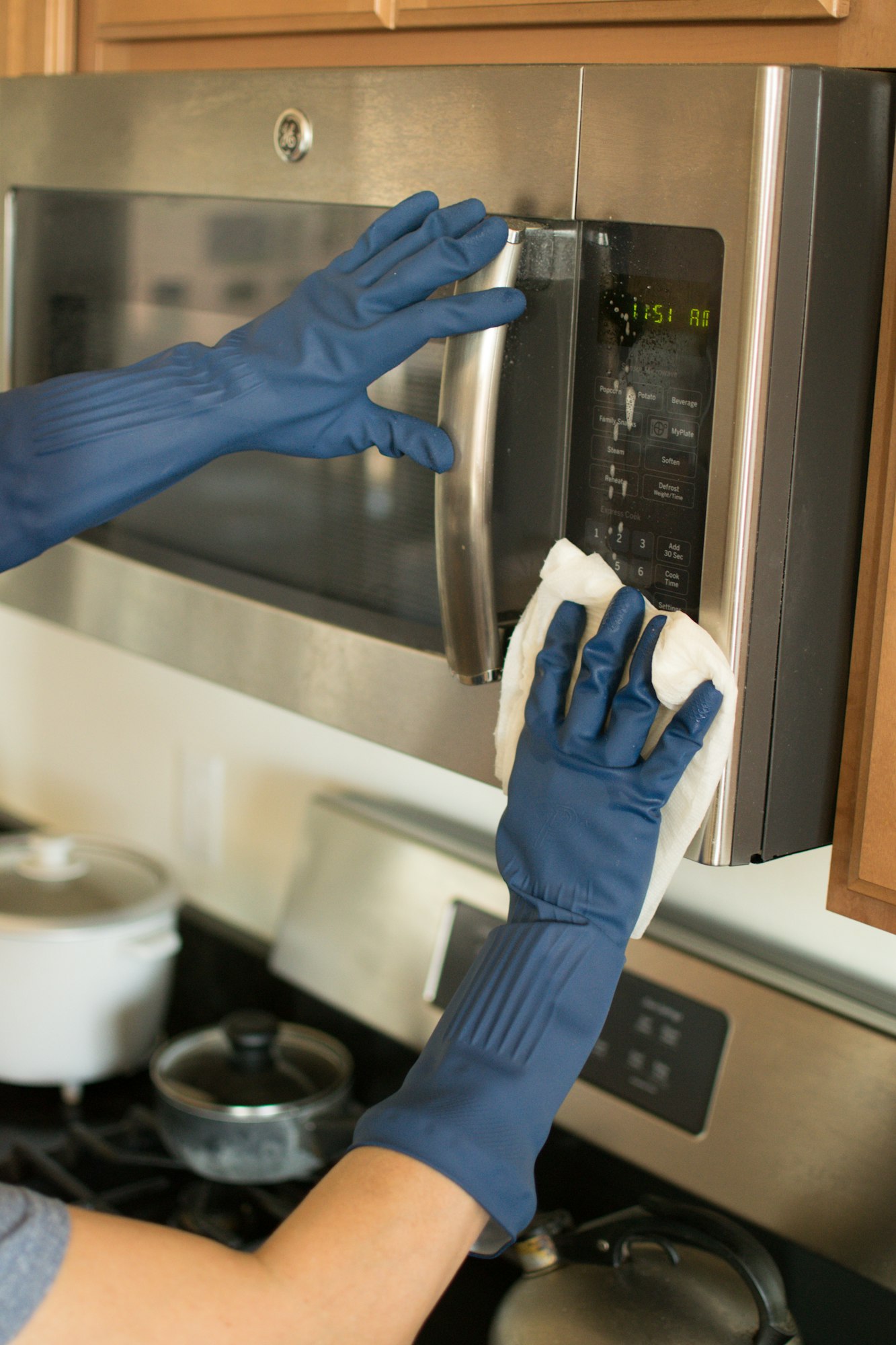
Deep cleaning is essential for maintaining the longevity and cleanliness of your kitchen. Here’s how to manage these sessions:
- Oven and Stove Maintenance: Use oven cleaner for the interior and a degreaser for stove tops and hoods.
- Clean Cabinets and Drawers: Wipe down the interiors with a cabinet degreaser to remove grime and residue.
- Appliance Check-ups: Schedule regular maintenance for your appliances to ensure they are functioning efficiently.
7. Use the Right Cleaning Tools
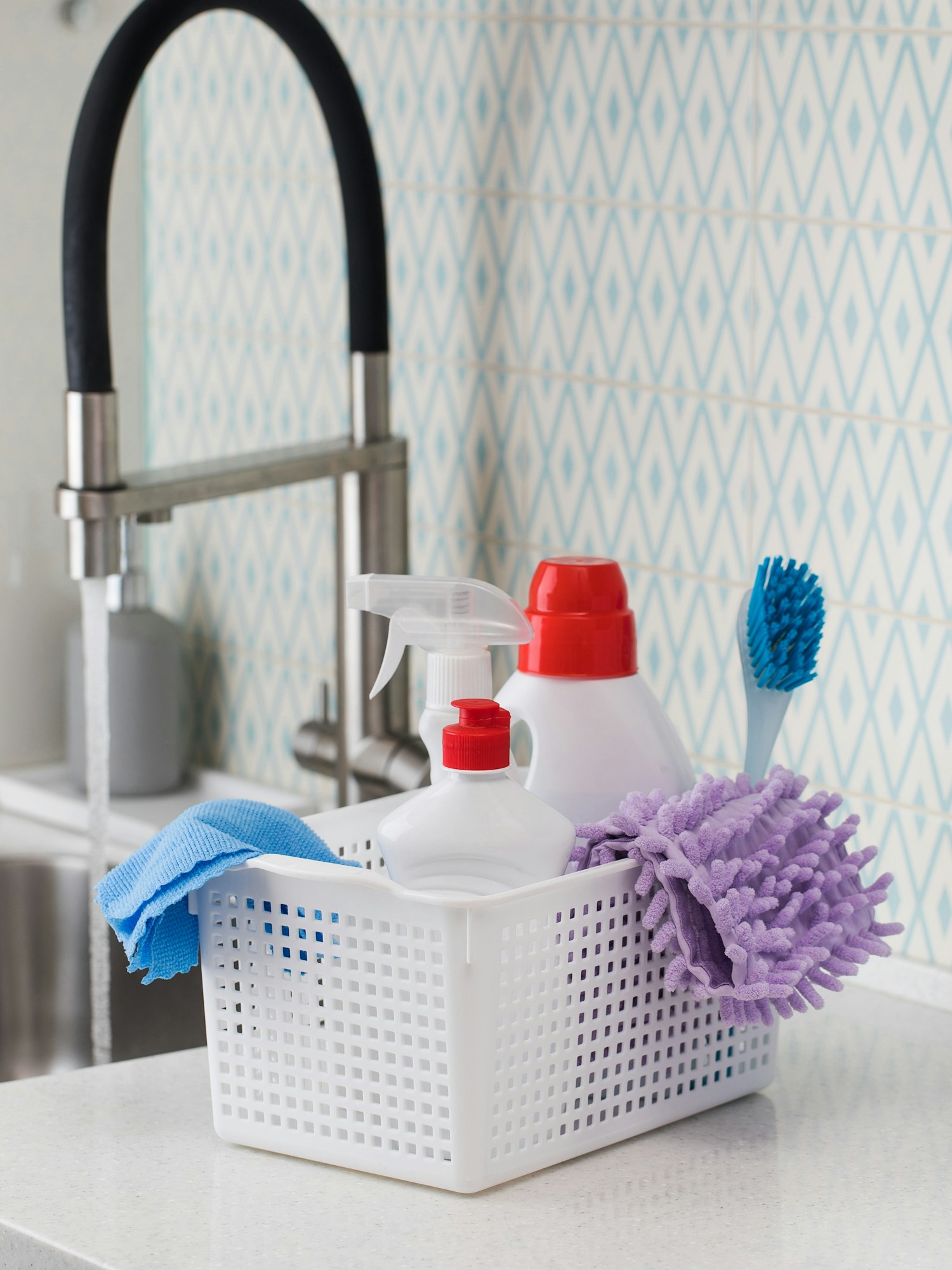
Using the right tools can make cleaning your kitchen easier and more effective. Include these essentials:
- Sponges and Scrub Brushes: These are great for daily cleaning of dishes and surfaces.
- Eco-Friendly Cleaning Products: Choose products that are safe for your family and the environment.
8. Handle Spills Immediately

Immediate action on spills can prevent stains and odors. Here’s what to do:
- Use Paper Towels for Quick Wipes: Absorb spills immediately to prevent them from setting in.
- Employ All-Purpose Cleaners: Quickly clean up with effective all-purpose cleaners that can handle a variety of messes.
9. Maintain Cleaning Appliances Regularly
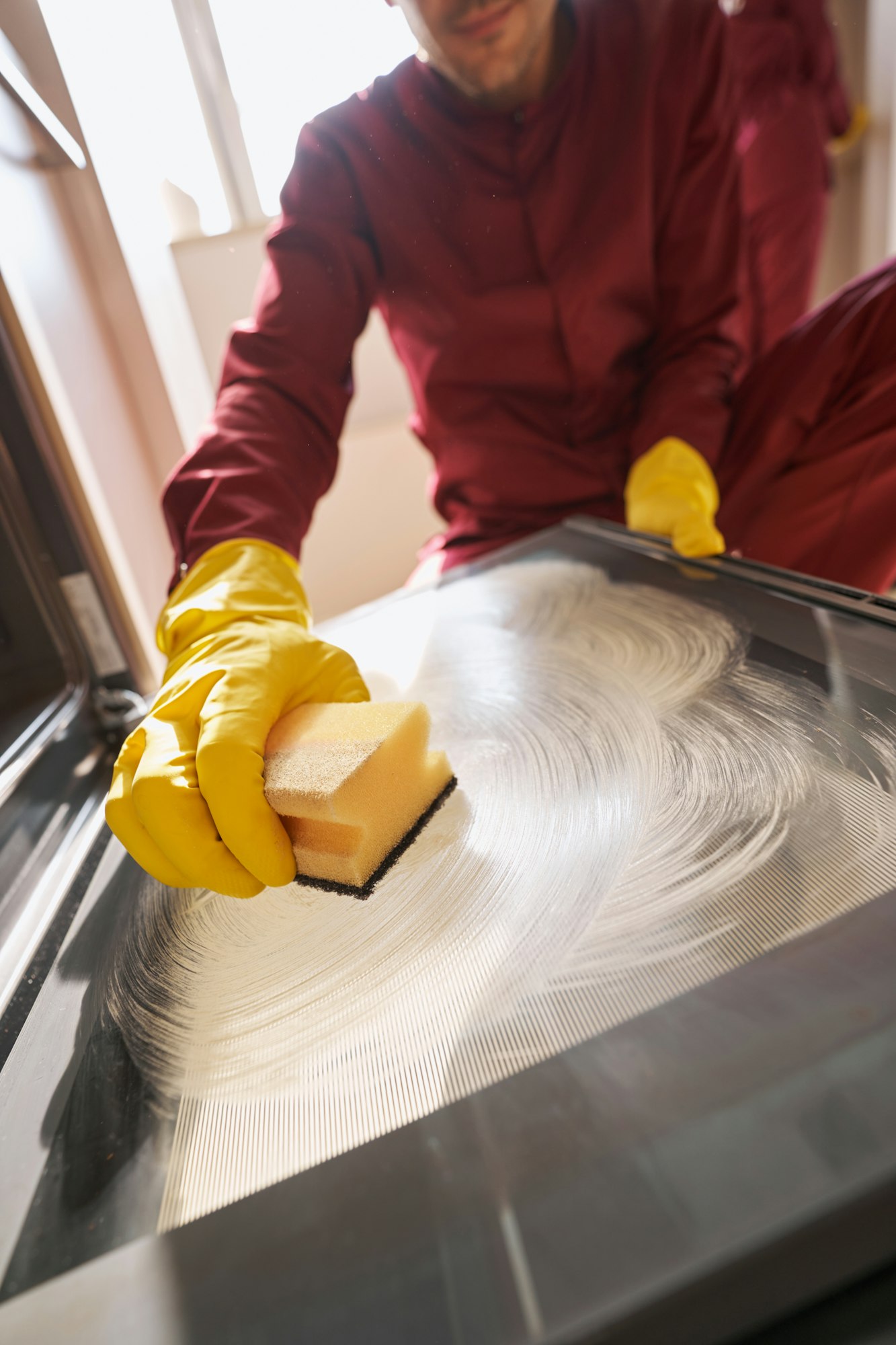
Keeping your cleaning appliances in good working order ensures they perform optimally. Here’s how to maintain them:
- Clean Dishwasher Filters: Regularly check and clean out dishwasher filters to prevent clogs and maintain efficiency.
- Descaling Solutions for Appliances: Use descaling solutions for appliances like coffee makers to keep them running smoothly.
- Vacuum Cleaner Maintenance: Regularly empty the canister and check for blockages to ensure strong suction.
By following these tips, you can maintain a kitchen that is not only clean and organized but also more enjoyable to work in.













